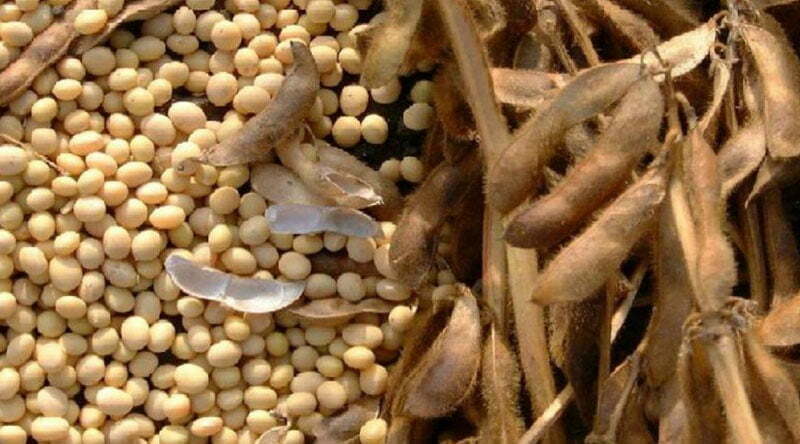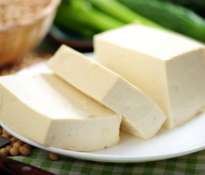Soy is very popular and available in many forms. In addition to grains, almost every store is available soy flour, miso, tofu and many other forms of processed soy. It is a great source of valuable protein, which contains eight essential amino acids, which the body can not synthesize alone. Soy is also easy to grow in a home garden or field. Fresh, personally bred and harvested soy is an even more rich source of protein and nutrients.
Macro ingredients in soy
Soy contains 43% protein, which is much more than other legumes. Proteins derived from soybeans are complete, that is, it contains all the amino acids necessary for life and in this respect is comparable to protein from milk and meat, however it has a much lower fat content. For people on a vegetarian diet, soy is an ideal alternative to meat.
Fat content in soy
Vegetable fats contain essential fatty acids, which can not be directly produced in the body, but which are essential for maintaining health. Soy contains about 19% of healthy fat, which is more than most legumes. Soy contains omega-3 fatty acids, which are known to protect against both cancer and heart disease. It is, inter alia, linolenic acid, which has a direct protective effect on the health of the body. The amount of fat is different in different soy products. Soybean oil contains a lot of fat, while soy flour is essentially devoid of fat. Soy milk and tofu are also low-fat products.
The content of dietary fiber in soy
One serving of soy contains about 8 grams of healthy dietary fiber. The richest sources of dietary fiber are boiled soybeans, soy flour and tempeh.
The calcium content in soy
Soy contains many healthy nutrients, including a lot of calcium. A soy drink can be a substitute in preparing dough, pudding, porridge, cocktail or it can be added to coffee instead of cow’s milk.
Vitamin D and iron
Soya in fermented form (miso, natto, tempeh) is an excellent source of iron and vitamin D.
Vitamin B12
All soy products are rich in B vitamins, and soy milk is usually strengthened with healthy B12.
Growing soy
There are many guides to growing soybeans. To mature, soy needs about 3 months of warm weather. There are seeds available for various soy varieties, even those that can be grown in a temperate climate. The maturity of soy for harvest is known after the leaves fall. Pods change color to yellowish, and the seeds acquire a yellow color with a brown spot, harden and rattle in pods. Soy is personally bred the richest source of nutrients. There are many soy regulations available on the Internet. It is worth a try!











